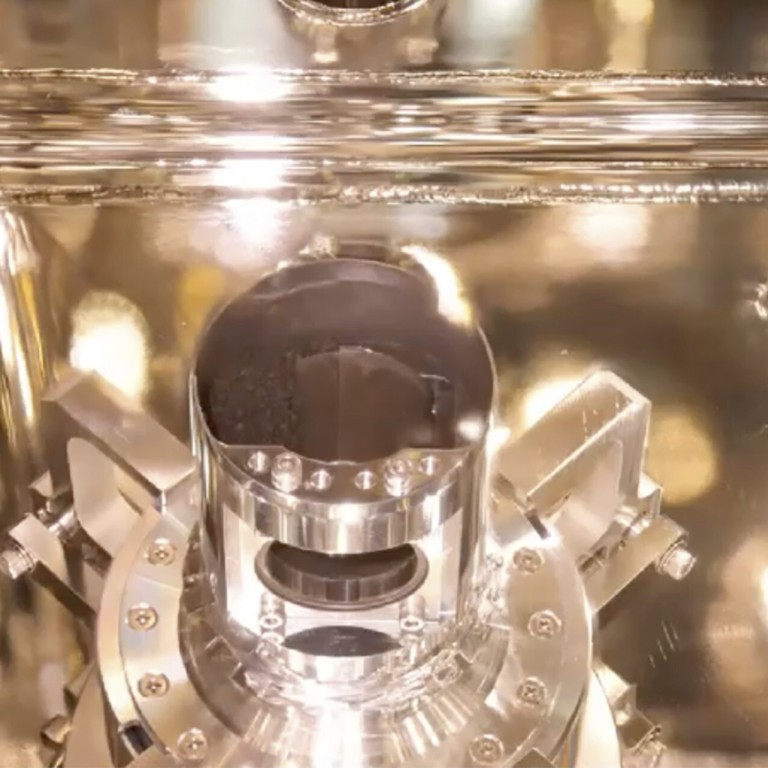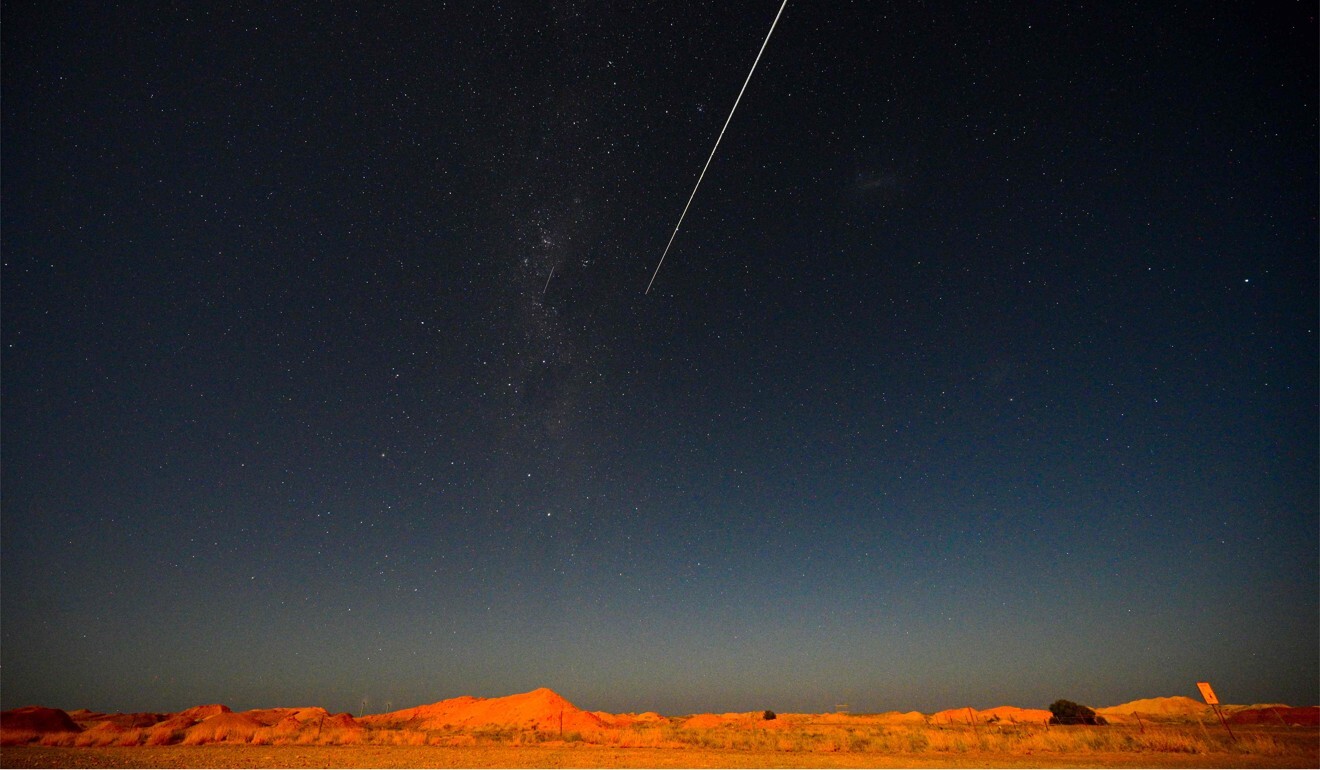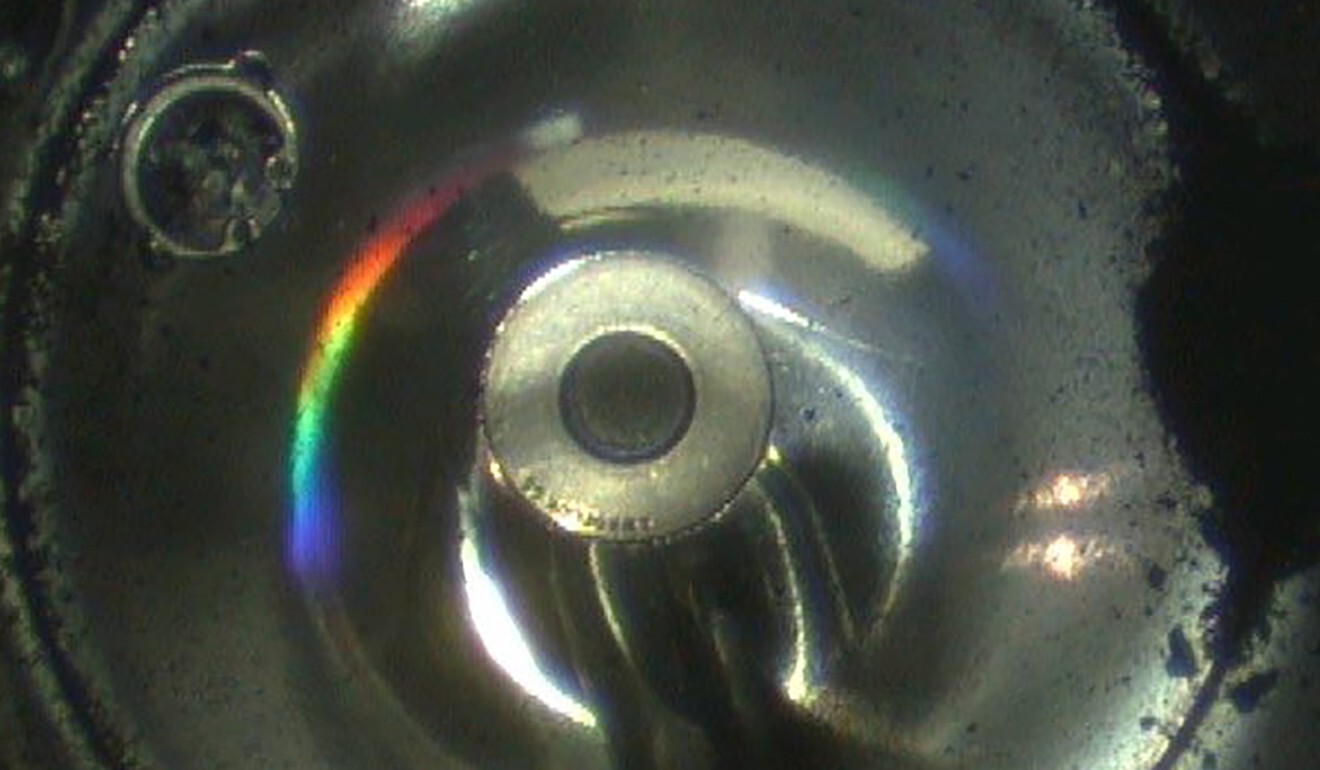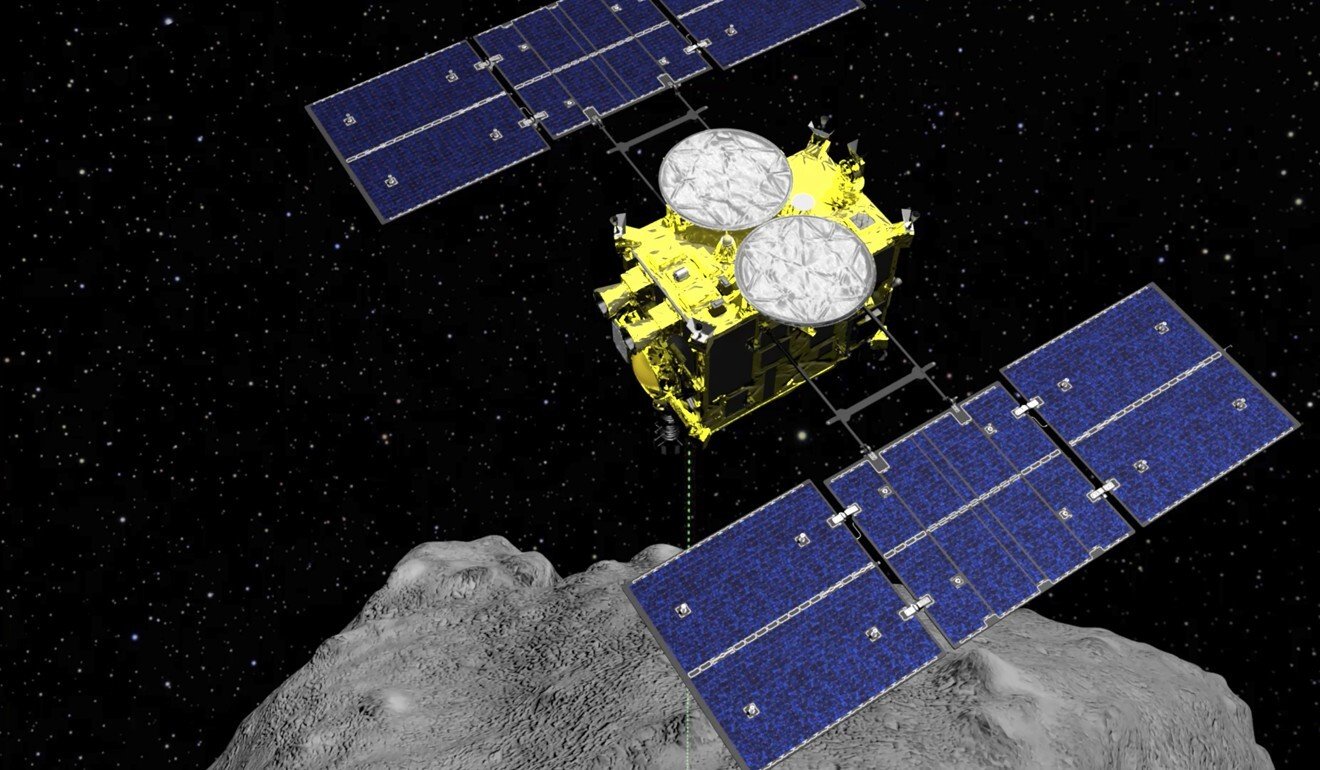
Japan scientists left ‘speechless’ by samples from asteroid 300 million km away
- Samples from the Ryugu asteroid were dropped from space into the Australian desert by the Hayabusa-2 space probe earlier this month
- Researchers hope the material will shed light on the formation of the universe and perhaps offer clues about how life began on Earth
The Japanese probe collected surface dust and pristine material last year from the asteroid Ryugu, around 300 million kilometres (200 million miles) away, during two daring phases of its six-year mission.

Scientists at the Japanese space agency JAXA on Tuesday removed the screws to the capsule’s inner container, having already found a small amount of asteroid dust in the outer shell.
“When we actually opened it, I was speechless. It was more than we expected and there was so much that I was truly impressed,” said JAXA scientist Hirotaka Sawada.
“It wasn’t fine particles like powder, but there were plenty of samples that measured several millimetres across.”

Researchers hope the material will shed light on the formation of the universe and perhaps offer clues about how life began on Earth.
The scientists have not yet revealed if the material inside is equal to, or perhaps even more, than the 0.1 grams they had said they hoped to discover.
Seiichiro Watanabe, a Hayabusa project scientist and professor at Nagoya University, said he was nonetheless thrilled.

“There are a lot [of samples] and it seems they contain plenty of organic matter,” he said.
“So I hope we can find out many things about how organic substances have developed on the parent body of Ryugu.”
Half of Hayabusa-2’s samples will be shared between JAXA, US space agency Nasa and other international organisations.
Amid rivalry with China, Japan is aiming for the moon – and beyond
The rest will be kept for future study as advances are made in analytic technology.
But work is not over for the probe, which will now begin an extended mission targeting two new asteroids.

.png?itok=arIb17P0)